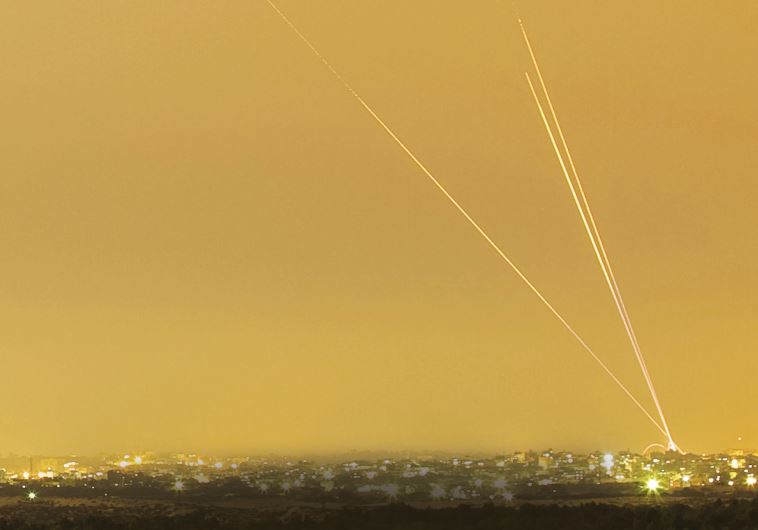'War with Hamas is only a question of time'
Gaza border area residents fear for the next war with Hamas as they look back on two years since Protective Edge.
 Smoke trails are seen as rockets are launched towards Israel from the northern Gaza StripUpdated:
Smoke trails are seen as rockets are launched towards Israel from the northern Gaza StripUpdated: